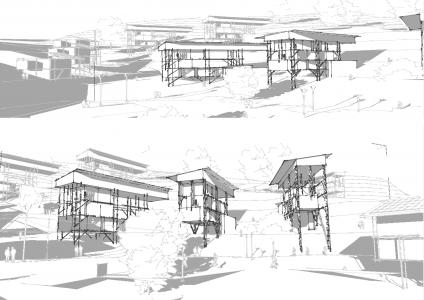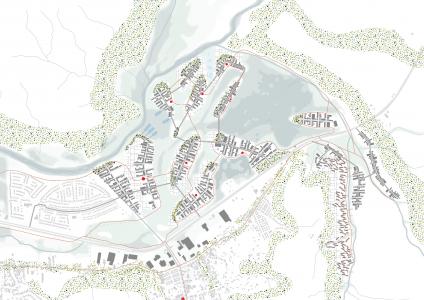| |
Living in the edge. Landscape urbanism in Chile
Concepción, Chile
Rob Naulaers / KUL
Amalia Checa / UNIZAR
KULeuven Department of architecture / Universidad de Zaragoza-UNIZAR Faculty of Engineering, Leuven and Zaragoza, Belgium and Spain
Paulina Espinosa KUL (PhD) / Leonardo Agurto UNIZAR (PhD)
Full Document (PDF)
Abstract
|
Innovative solutions to reduce disasters will come from innovative design methodologies. Our research proposal is based on a landscape urbanism approach which combined with a social analysis will guide our decision making. A multi-scale landscape reading gives us a particular and specific image of the place to be inhabited. This research exercise explores the origins of the landscape in order to reveal the characteristics that create risks for the population. Analysing the Concepcion metropolitan settlements we acknowledge that people are living in the edge without too many opportunities in the way that they have been growing. This edge is defined by steep slopes and floodplains and consequently by landslide and flooding. Former informal settlements in Concepcion reveal key information in social networks and clustering patterns, this we will use in answering: How to change our “formal” way of growing while we live in the edge? How to build affordable houses in this dynamic landscape without losing social network patterns? So, by criticising the Chilean context we create a management model by re-balancing the stakeholders involve in the city growing process. Then we develop an urbanization exercise on how to inhabit this edge and a detailed example of building in the edge.
|
| |

image of the settlement (architectural scale or example of unit)

image of the settlement (urban scale or group of housing units)

diagram of the actors involved and the relationships between them
|
|



